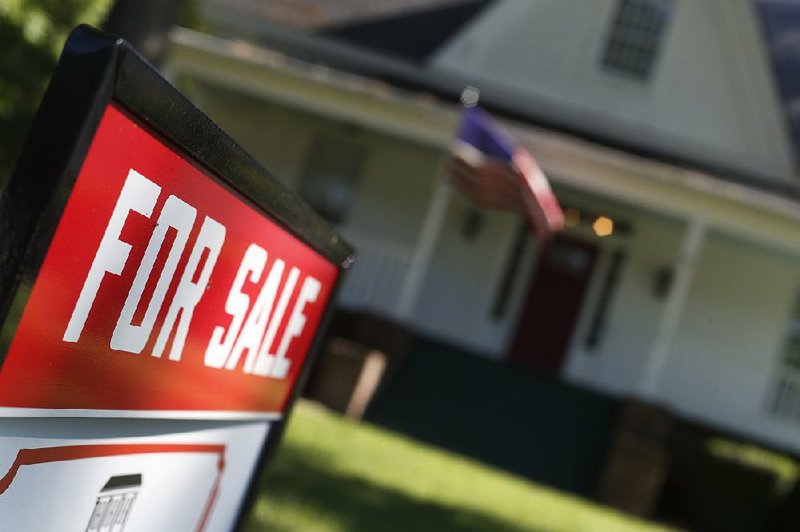WASHINGTON -- Americans took advantage of lower mortgage rates and purchased more homes in October, though sales were held back by a shortage of available properties.
The National Association of Realtors said Thursday that sales of existing homes rose 1.9% last month to a seasonally adjusted annual rate of 5.46 million. That's 4.6% higher than a year ago, suggesting that lower borrowing costs are bolstering the housing market.
Still, the data shows a mixed picture. Housing, including home construction, has picked up this year and fueled economic growth in the July-September quarter for the first time in nearly two years. Economists expect it will boost growth in the current quarter as well.
At the same time, sales have been constrained by a decline in the number of houses for sale.
With the unemployment rate near a 50-year low and wages rising modestly, plenty of Americans are looking to buy. That is pushing up prices. Sales remain below the level reached in 2017 of 5.5 million.
Homes are particularly scarce at lower price points, with sales in the past year falling 11% among houses priced below $100,000, which consists mostly of condominiums. Sales also slipped in the $100,000 to $250,000 price range. They rose in the $250,000 to $1 million range, and fell among homes priced above $1 million.
Odeta Kushi, deputy chief economist at First American Financial, a title insurance company, said those figures indicate that most home sales are occurring among higher-income earners who already own homes and are trading up.
"That leaves the first-time homebuyers out of the mix," she said. The Realtors association's data showed that in October, first-time buyers made up just 31% of sales, below longer-run averages.
But increased home construction should boost overall inventory and provide more options for younger buyers, Kushi said. That should support sales in the coming months.
Home construction jumped 3.8% in October and builders also secured more permits for single-family home and apartment construction, a positive sign for future building.
The number of homes on the market fell 2.7% in October from the previous month, leaving just 1.77 million available houses, the fewest since March.
At the current pace, it would take 3.9 months to sell all the homes on the market, the shortest since March and compared with 4.1 months in September; Realtors see anything below five months of supply as a sign of a tight market.
Forty-six percent of homes sold in October were on the market for less than a month, underscoring still-solid demand trends. First-time buyers made up 31% of sales, down from 33% in the previous month.
Many buyers are unwilling to sell their homes for a variety of reasons. In some cases, they already have a low mortgage rate and don't want to risk losing it by moving. Many older Americans also are staying in their homes longer than previous generations, rather than moving into facilities dedicated to older residents. And the association estimates that as many as 5 million to 7 million homes are owned by investors who rent them out, further limiting the number of available properties.
Existing-home sales account for about 90% of U.S. housing and are calculated when a contract closes. New-home sales, which make up the remainder, are counted when contracts are signed and will be released Tuesday.
Sales rose in the Midwest and South, where prices are more affordable, while they fell in the more expensive Northeast and West.
The association's measure of median home prices rose 6.2% in October from a year earlier, to $270,900. That's nearly three times the overall rate of inflation and double the pace of wage gains.
Information for this article was contributed by Christopher Rugaber of The Associated Press; by Vince Golle of Bloomberg News; and by Kathy Orton of The Washington Post.
Business on 11/22/2019

